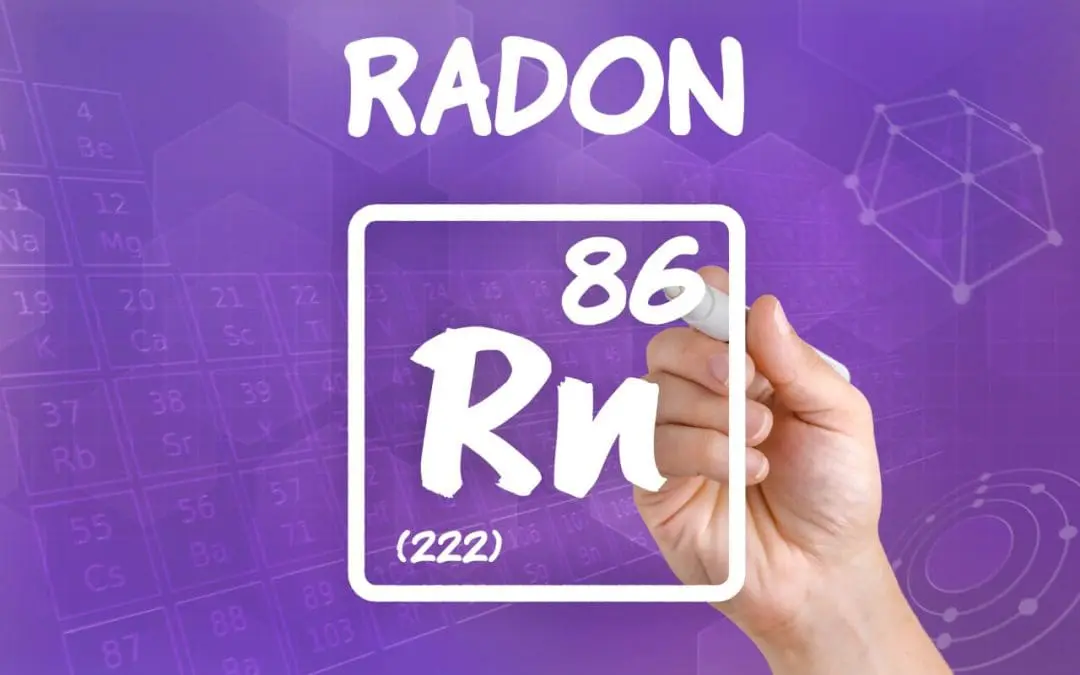When high levels of radon are found in living spaces, the next course of action is to reduce the amount of radon. To do this, radon mitigation specialists install a system custom designed for your home. It is important to retest after radon mitigation to make sure the system is working effectively.
Understanding Your Radon Mitigation System
After installation, ask your radon mitigation contractor or your professional radon tester to show you how the system works. Ask the mitigation contractor about any guarantees or warranties provided with the radon mitigation system. Here are some things you should know:
- The exhaust for any type of suction system must vent above the roof and be installed at least 10 feet away from any openings like doors and windows. This keeps radon from re-entering your home.
- Any mitigation system should have visible labels. This will prevent any later home renovations or construction from accidentally interfering with the mitigation equipment.
- If your mitigation system has a fan, it should remain on at all times. The airflow is necessary to maintain low levels in your home.
- A radon mitigation system should have a visual indicator to alert the occupants if the system stops working.
Why Should You Retest After Radon Mitigation?
Radon is a dangerous, carcinogenic gas. It is the second leading cause of lung cancer, following cigarette smoke. Because radon is tasteless and odorless there is no way to detect the gas without a professional test. Professional independent retesting after mitigation ensures you that the system is functioning properly and has reduced radon levels in your home.
When to Retest
After the radon mitigation system is installed, order another radon test for your home. Depending on the type of system, you’ll want to wait at least 24 hours for radon levels to be lowered. The retest should be done within 30 days of the installation.
Your radon contractor may perform their own test, but the EPA cautions against the mitigation contractor testing and evaluating their own work. It’s best to hire a 3rd-party radon professional for this retest. Retesting after radon mitigation will give you peace of mind knowing that the radon levels in your home have been reduced below the 4.0 pCi/L set by the EPA. The EPA recommends having your home retested every two years.
A radon system can fail just like any system in your home. The difference is radon gas can be impacted by ground shifting that you will not be aware of. This can increase the amount of radon gas being diverted towards your home through cracks and crevices below the ground. The only way to ensure a radon mitigation system is doing its job is by conducting a radon test. If you are purchasing a home with a system that has not been tested in two years, have a professional radon test conducted as a condition of purchase.
When ordering a retest after radon mitigation or every two years, look for a professional radon testing service that uses state of the art equipment approved by the EPA. Aztec Home Services offers professional, certified radon testing in Harrisonburg, Mount Jackson, Staunton, Luray, and the surrounding areas. Contact us to schedule an appointment.

